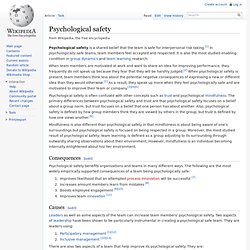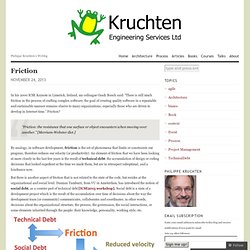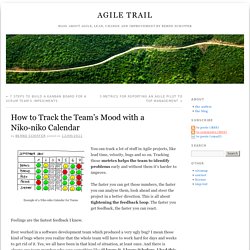

Psychological safety. Psychological safety is a shared belief that the team is safe for interpersonal risk taking.[1] In psychologically safe teams, team members feel accepted and respected.

It is also the most studied enabling condition in group dynamics and team learning research. When team members are motivated at work and want to share an idea for improving performance, they frequently do not speak up because they fear that they will be harshly judged.[2] When psychological safety is present, team members think less about the potential negative consequences of expressing a new or different idea than they would otherwise.[1] As a result, they speak up more when they feel psychologically safe and are motivated to improve their team or company.[3][4][5] Mindfulness is also different than psychological safety in that mindfulness is about being aware of one's surroundings but psychological safety is focused on being respected in a group. Consequences[edit] Causes[edit] References[edit]
Social Debt. In his 2000 ICSE Keynote in Limerick, Ireland, my colleague Grady Booch said: “There is still much friction in the process of crafting complex software; the goal of creating quality software in a repeatable and sustainable manner remains elusive to many organizations, especially those who are driven to develop in Internet time.”

Friction? “Friction: the resistance that one surface or object encounters when moving over another.” [Merriam-Webster dict.] By analogy, in software development, friction is the set of phenomena that limits or constraints our progress, therefore reduces our velocity (or productivity). An element of friction that we have been looking at more closely in the last few years is the result of technical debt: the accumulation of design or coding decisions that looked expedient at the time we made them, but are in retrospect suboptimal, and a hindrance now. Social debt + Technical debt => Friction => delays, unpredictable schedule, and/or poor quality.
Your thought? How to Track the Team’s Mood with a Niko-niko Calendar » Agile Trail. Example of a Niko-niko Calendar for Teams You can track a lot of stuff in Agile projects, like lead time, velocity, bugs and so on.

Tracking those metrics helps the team to identify problems early and without them it’s harder to improve. The faster you can get those numbers, the faster you can analyse them, look ahead and steer the project in a better direction. This is all about tightening the feedback loop. The faster you get feedback, the faster you can react. Feelings are the fastest feedback I know. Ever worked in a software development team which produced a very ugly bug?
It would be great to track those feelings before it comes to the big mess, right? Niko-niko calendar, also known as smiley calendar or happiness index, is a tool to track the mood of a team. You can create such a tool in a few steps: Get a regular calendar and put on a wall in a highly visible place in the team room. Now start tracking. (Hint: You might want to get one of it-agile’s team calendars. Read further: